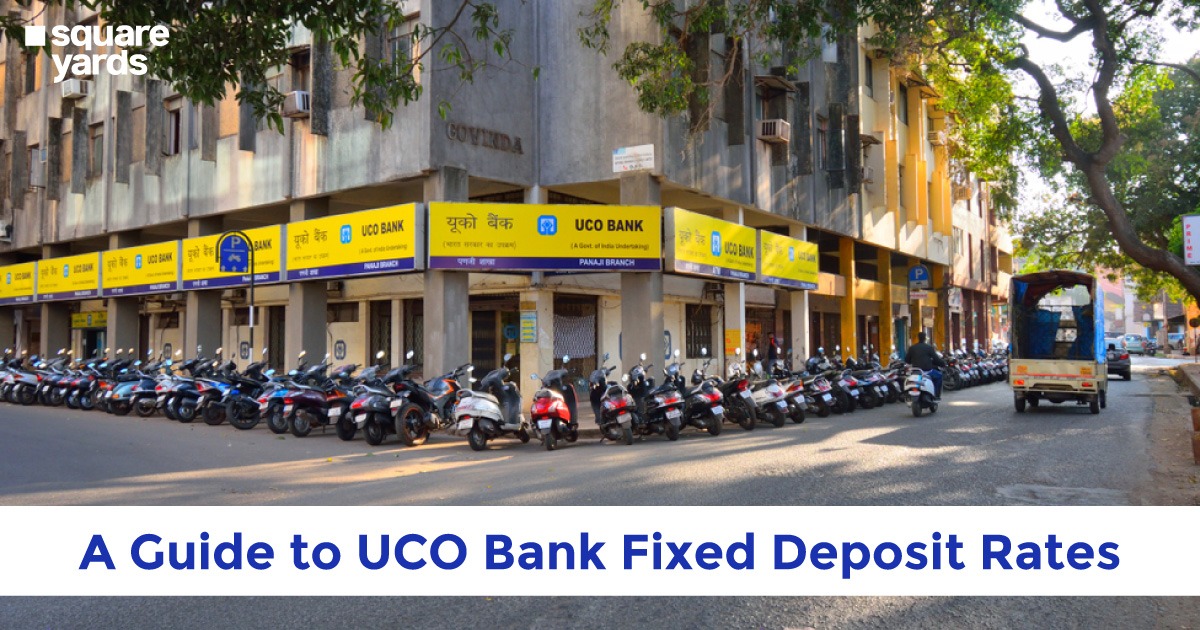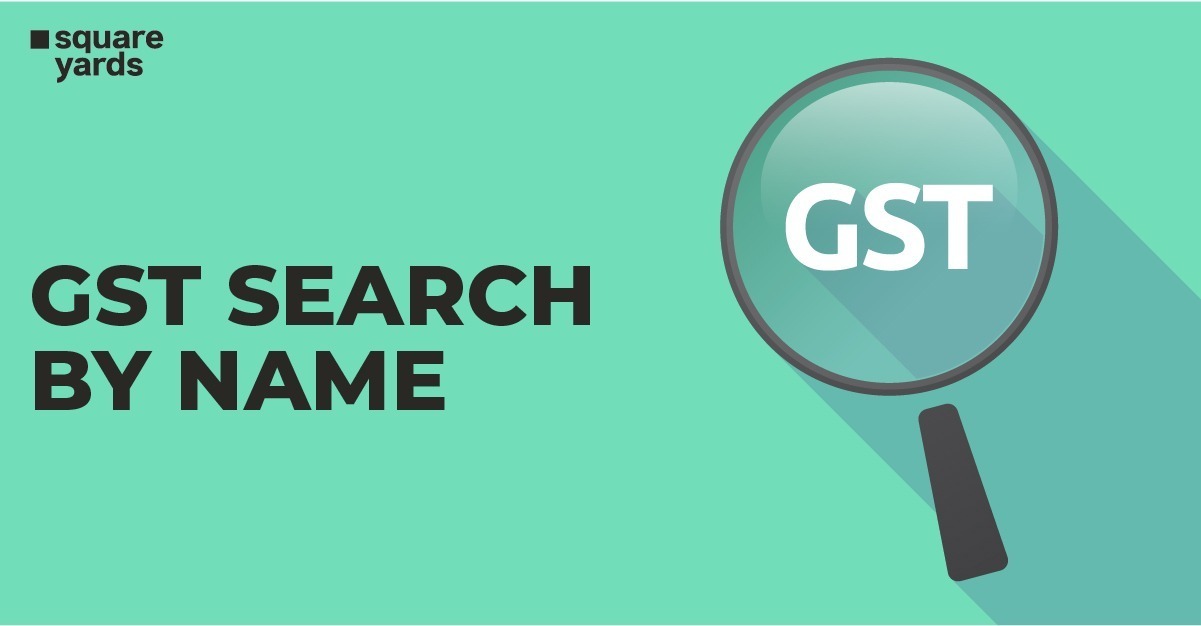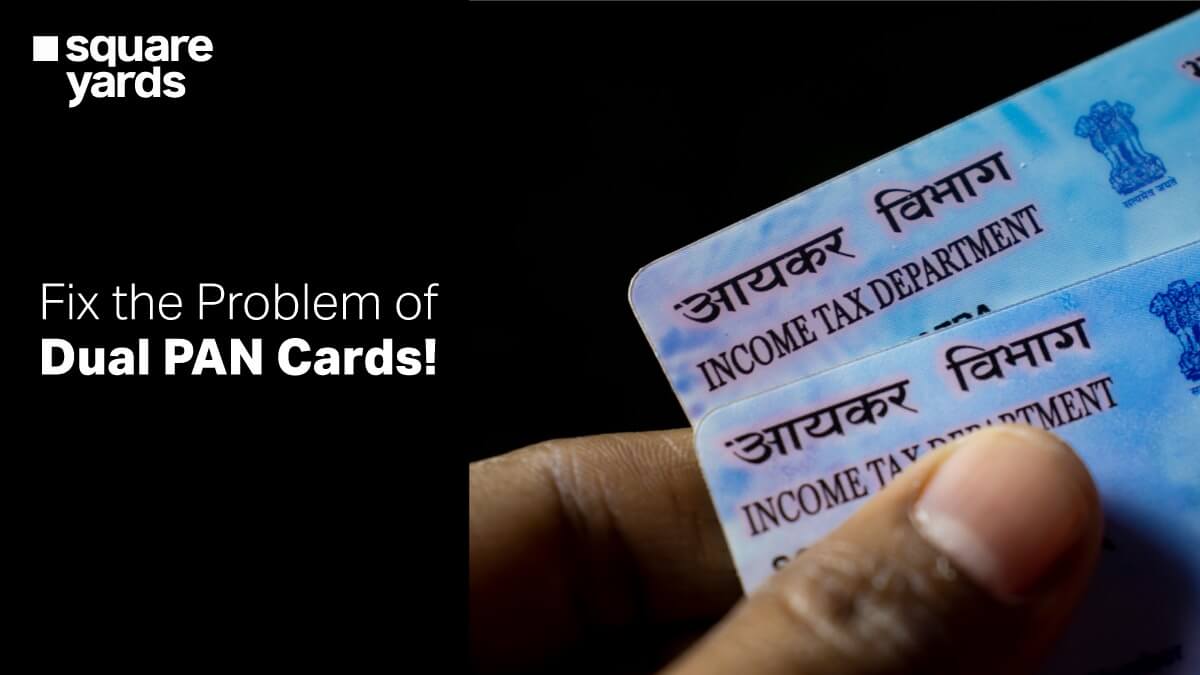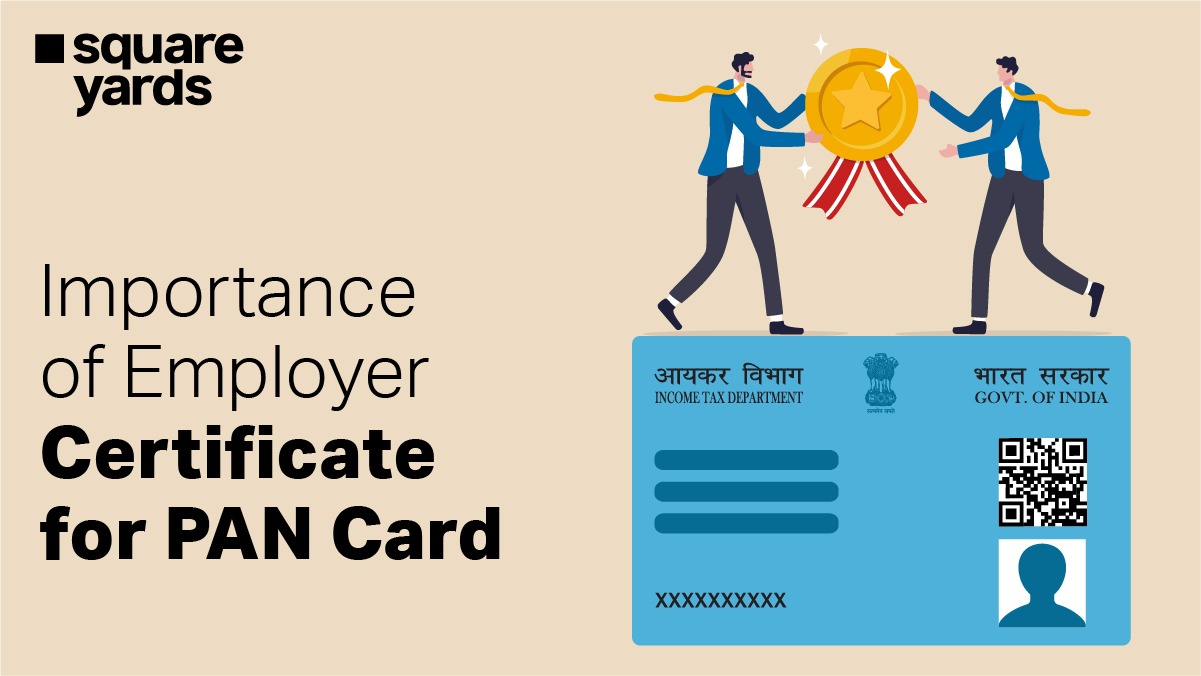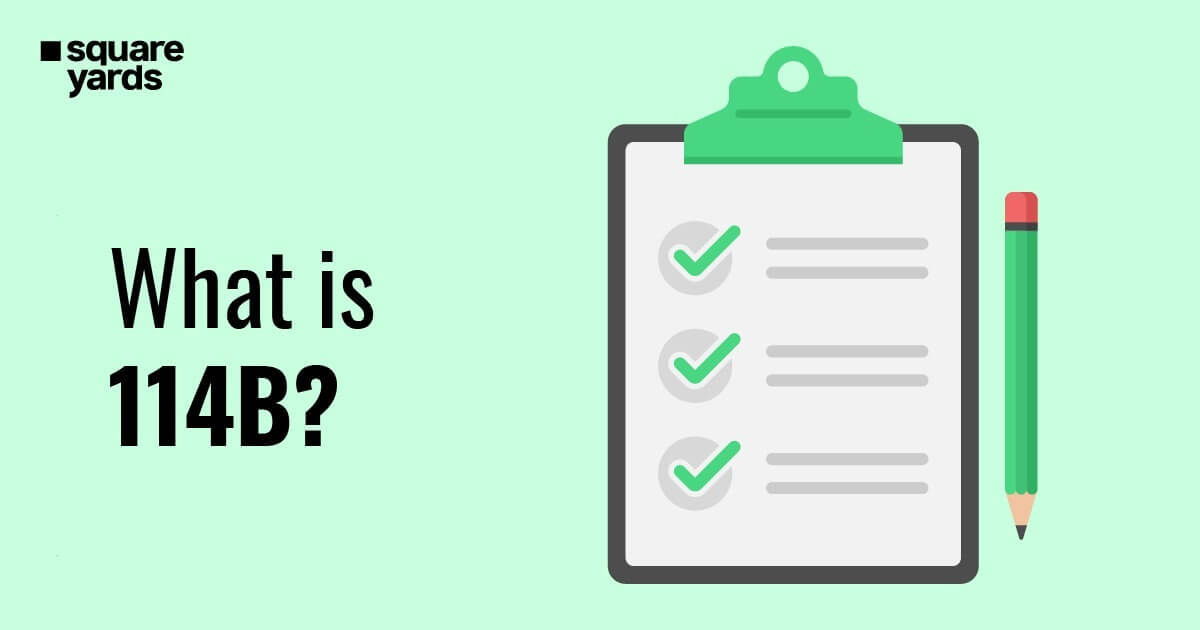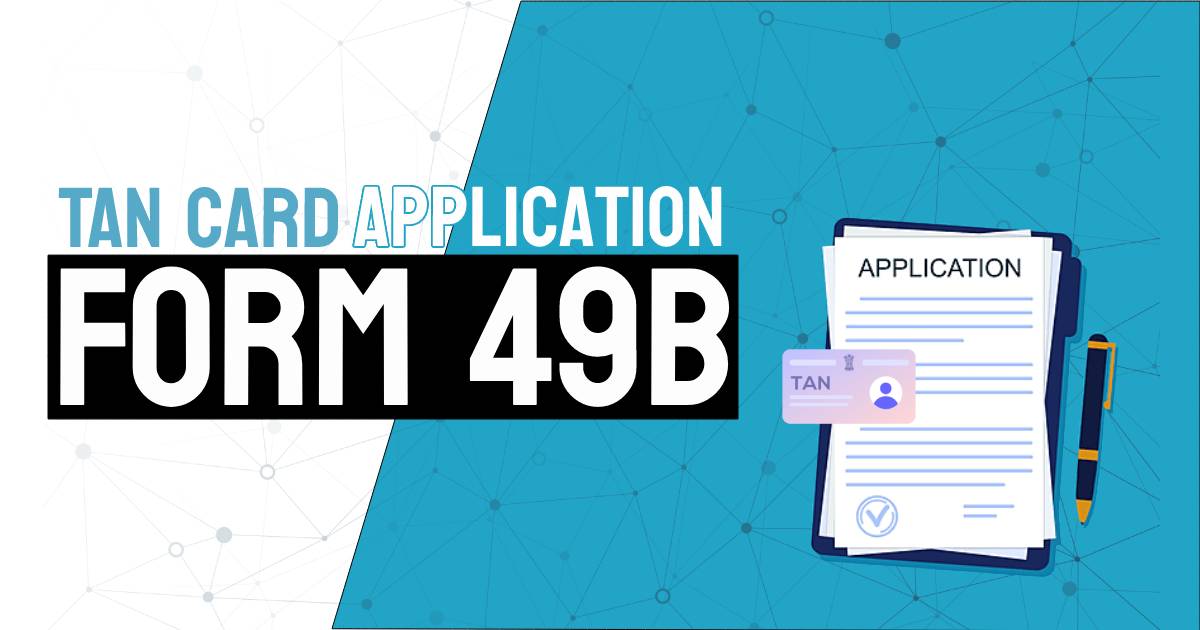A savings account is the most convenient and safe account to deposit and withdraw your money, at any time. It is the perfect solution if you do not want to spend your savings and accumulate them as it also offers an interest rate. A savings account can be of many types and one of the most popular types is the Post Office Savings Account.
A Post Office Savings Account is the most accessible type of savings account which can also be opened by a minor. As a savings account is opened with a bank, a similar account can be opened with the post office as well. This account provides a decent amount of interest and other benefits.
Table of contents
- Definition of a Post Office Savings Account
- Post Office Savings Account Interest Rate
- Features of a Post Office Savings Account
- Eligibility for a Post Office Savings Account
- Benefits of a Post Office Savings Account
- Steps to open a Post Office Savings Account
- Documents required to open a Post Office Savings Account
- New Service Charges on Post Office Savings
- Frequently Asked Questions (FAQ’s)
Definition of a Post Office Savings Account
Issued by the post office in India, a post office savings account is a deposit scheme that is valid throughout the country. A fixed-rate of interest is provided by the account to the account holder. This deposit scheme is beneficial for those individuals who want to invest their money in a secure manner and earn a fixed rate of interest. The post office savings account has also made it easier for people in rural areas to invest. Since banks are not present everywhere and post offices are, the unprivileged people are able to get easy access to savings account.
Post Office Savings Account Interest Rate
The interest rate of a post office savings account is decided by the central government. The interest rate is calculated every month and is fixed between 3 to 4%. The interest is credited annually to the account. According to the rules of the income tax regulations department, if a person is holding a post office savings account and is generating interest returns that are lower than ₹10,000 a year, then it is tax-free.
The post office savings account interest rate remains fixed unless it undergoes any change from the central government. And it could be changed from time to time.
| Details | Percentage |
| Rate of Interest | 3-4% |
Find below a list of the investment options other than the post office savings account.
| S No | Other investment option | Interest rate (per annum) |
| 1 | Public Provident Fund (PPF) | 7.1% annually compounded |
| 2 | Senior Citizen Savings Scheme (SCSS) | 7.4% |
| 3 | Kisan Vikas Patra (KVP) | 6.9 % annually compounded |
| 4 | Sukanya Samriddhi Yojana (SSY) | 7.6% |
| 5 | Post Office Monthly Income Scheme (MIS) | 7.6% 7.3 % payable monthly |
| 6 | National Savings Certificate (NSC) | 6.8 % annually compounded |
Features of a Post Office Savings Account
These are the features of a post office savings account:
- The account holder can choose to close the account at any time according to will.
- It is important to deposit or withdraw some amount once every 3 years.
- Only cash can be used to open the account
- The electronic mode can be used to withdraw or deposit money in CBS post offices.
- The post office savings account provides tax relief on the interest earned under the provision of section 80L of the Income Tax Act.
- The transactions can be done through ATM cards.
- Appointing a nominee is compulsory for opening a post office savings account.
- There is no maximum deposit limit for this account.
- The interest is credited to the account at the end of the financial year.
- A minimum balance of ₹500 has to be maintained to earn interest.
- If the account holder decides to close the account then the interest will be credited up to the previous month in which the account is closed.
In case the account holder has not made any transaction for a period of 3 continuous years then the account will be ceased. To revive the account a new application would have to be submitted along with the KYC documents.
Eligibility for a Post Office Savings Account
- The person opening the account must be an adult
- Any Indian adult
- Any minor can open a post office savings account but he should be at least 10 years of age. A guardian should get the account opened for a minor
- When the minor turns 18 he/she should get the account transferred to their name
- A post office savings account can also be opened jointly by two or three persons
- A post office savings account can also be opened by a person who is not mentally stable
- A person can hold only one individual and one joint account at a time in a particular post office
- Institutional Accounts, Group Accounts, and other accounts like the Official Capacity Accounts are not permitted.
Benefits of a Post Office Savings Account
Opening a post office savings account is a very secure option. The process of opening a post office savings account is easier than opening a savings account in a bank. Apart from this, there are various other benefits of opening a post office savings account.
- The cash accumulated in your savings account can be withdrawn partly or fully depending on your choice.
- The minimum balance required to open a post office savings account is ₹20. So, anybody can easily open an account without much investment.
- The account holders are exposed to very little risk because they are assured of a sure return on their investments.
- The account in one post office can be transferred to another post office.
- Core banking post offices also provide the facility of a debit/ATM card.
- An account can be opened for a minor by his/her guardian. The minor should be at least 10 years old.
- The account holder can appoint a nominee to whom the funds will be transferred in case of the account holder’s death/demise.
- Since it takes a very little amount to open a post office savings account, any person belonging to a rural background can also open a savings account with the post office.
- Any individual account can be converted into a joint account and vice versa.
- Another benefit is that the post office savings account does not have a maturity period. So, the account opening process is quick and hassle-free.
- A post office savings account also provides the facility of a cheque which can be availed on request.
Steps to open a Post Office Savings Account
Opening a post office savings account is convenient and easy. You can also open the account through both online and offline modes. Follow these steps to open your account:
- Need to Get Application Form for Account Opening
First, get an application form from the nearest post office. For the post office savings account online opening you can download the form from the official website of India Post. To make things easier, separate forms are available for senior citizens.
- Submit duly signed form with KYC Documentation
Fill out the form and submit the application along with the required KYC documents. You would also require passport size photographs.
- Deposit the Application Fee
Pay the amount that you wish to deposit but it should not be less than ₹20.
- Now Post Office Account Ready to use
After you pay the deposit amount, your account will start operating. It will take at least 2 business days for the account to start working.
It is convenient to opt for a post office savings account online opening as you would not have to go to the post office to get the application form.
Documents required to open a Post Office Savings Account
You would require certain documents to open a post office savings account. You would need
- ID proofs like Voter ID, Ration Card, Driving License, etc.
- Proof of address like Ration Card, Electricity Bill, Telephone Bill, etc.
- Passport size photographs
New Service Charges on Post Office Savings
Even though opening a post office savings account does not require much investment or money, there are a few charges levied by the post offices. You should be aware of these charges before you decide to invest your money in a particular post office.
- If you have to get a duplicate cheque book issued you need to pay ₹50.
- The issuing deposit receipt costs ₹20 per receipt.
- Change or cancellation of nomination would cost you ₹50.
- The cheque dishonour fee would be ₹100.
- Pledging or transferring of an account would cost you ₹100.
- To request for the issue of a new cheque book in the savings bank account you will not have to pay any charge up to 10 leaves in a financial year.
- The issuing of an account statement would cost you ₹20 per statement
YOU MAY ALSO LIKE
| Savings Account | Zero Balance Saving Account |
| SBI Balance Enquiry | Types of Savings Account |
| Savings Account Interest Rates |
Frequently Asked Questions (FAQ’s)
Which Is the Best Savings Account in The Post Office?
There are many accounts and schemes that you can invest in a post office like the National Savings Recurring Deposit Account, Public Provident Fund, and more. You can choose any account of your preference. The post office savings account and the Senior Citizens Savings Scheme Account are considered to be the best accounts.
What Is the Minimum Balance in A Post Office Savings Account?
According to the rules of the post office, a savings account holder is required to maintain a minimum balance of ₹500 in his post office savings account.
Which Scheme Is Best in The Post Office?
Out of the numerous schemes available in the post office, the Post Office Time Deposit is considered to be one of the best schemes. The post office savings account interest rate is 5.5% for a period of 1-3 years and would help you in doubling your savings in 13 years. If you make a deposit for a period of 5 years, you will be receiving an interest of 6.7% and you will double your money in 10.75 years.

















